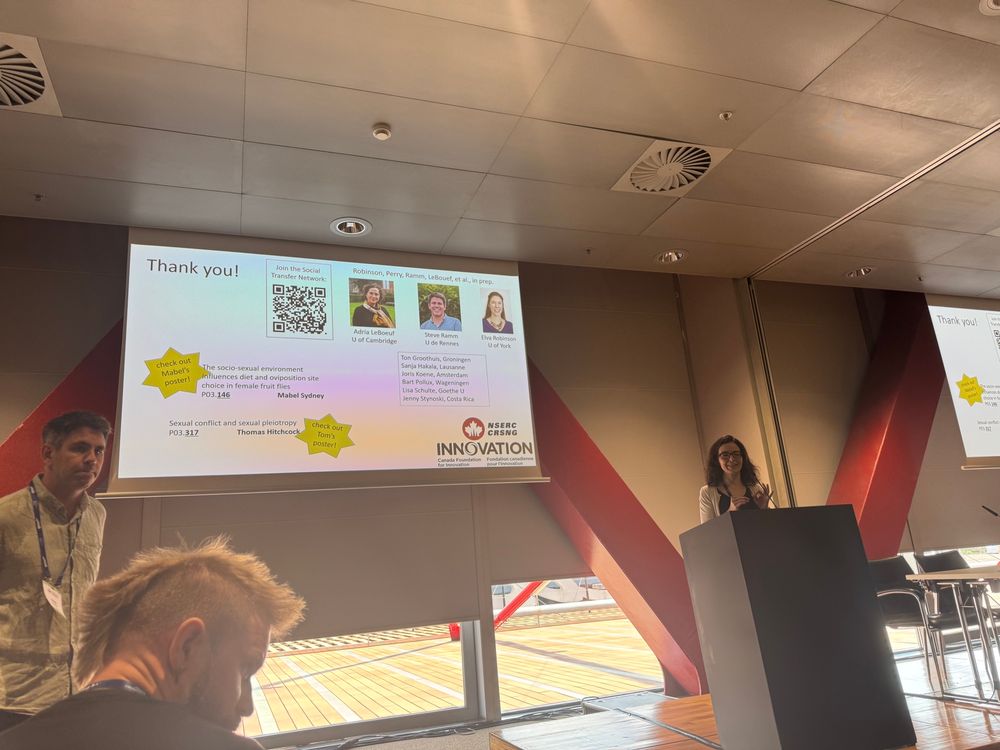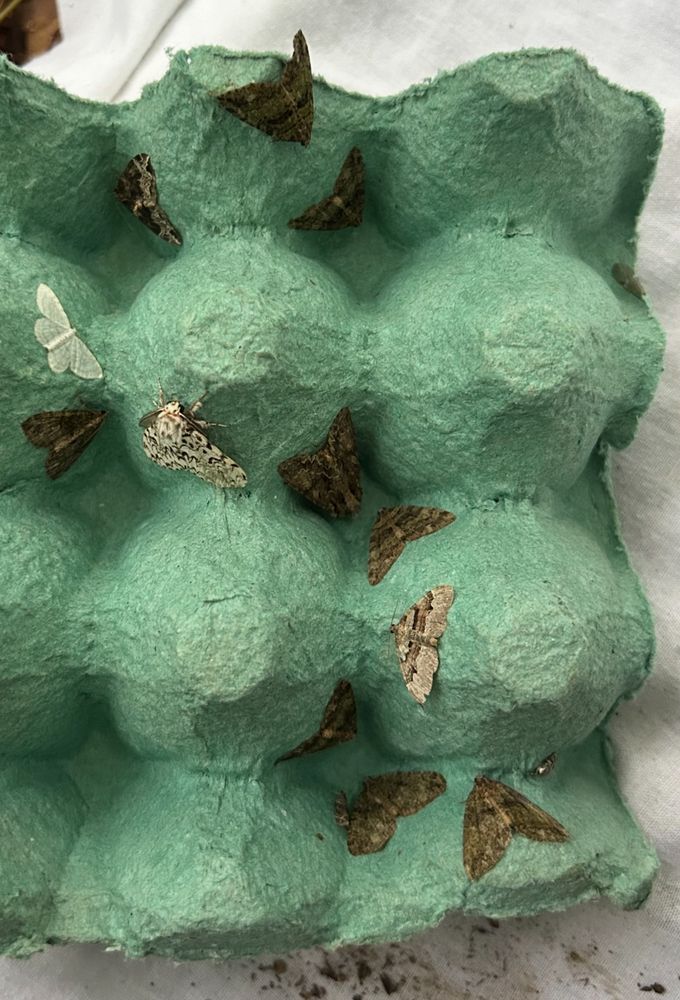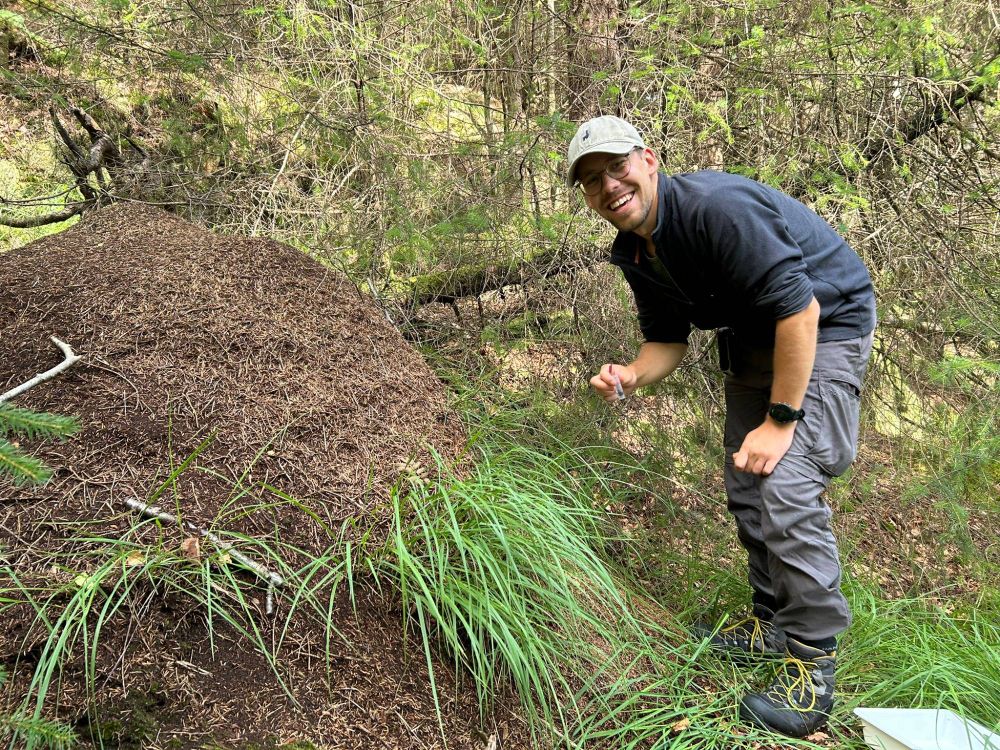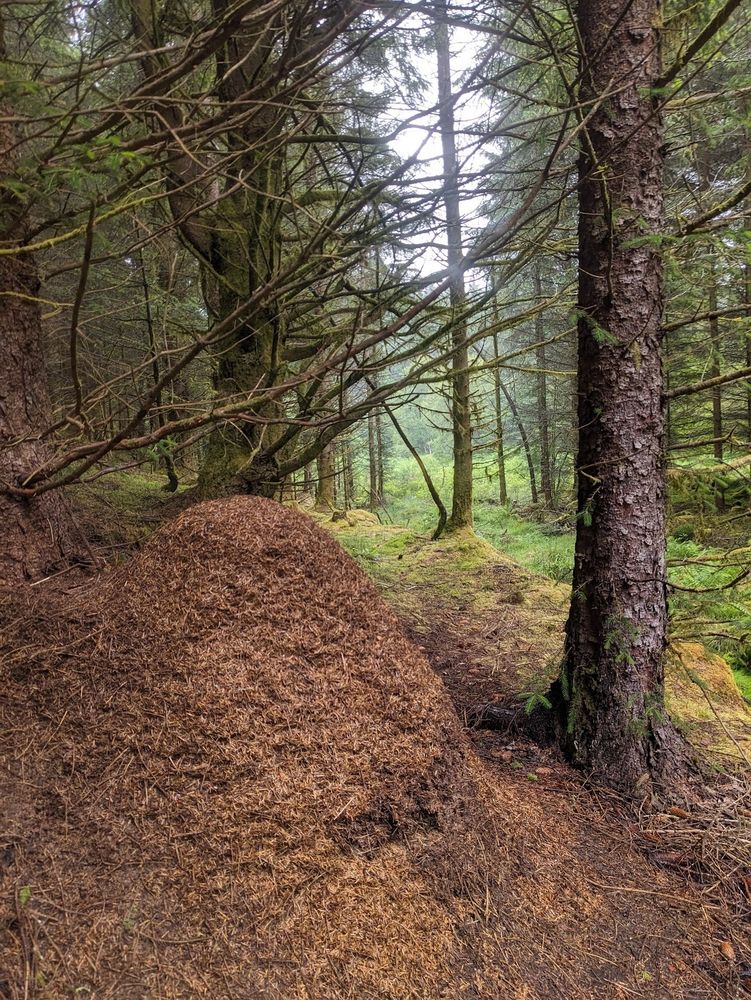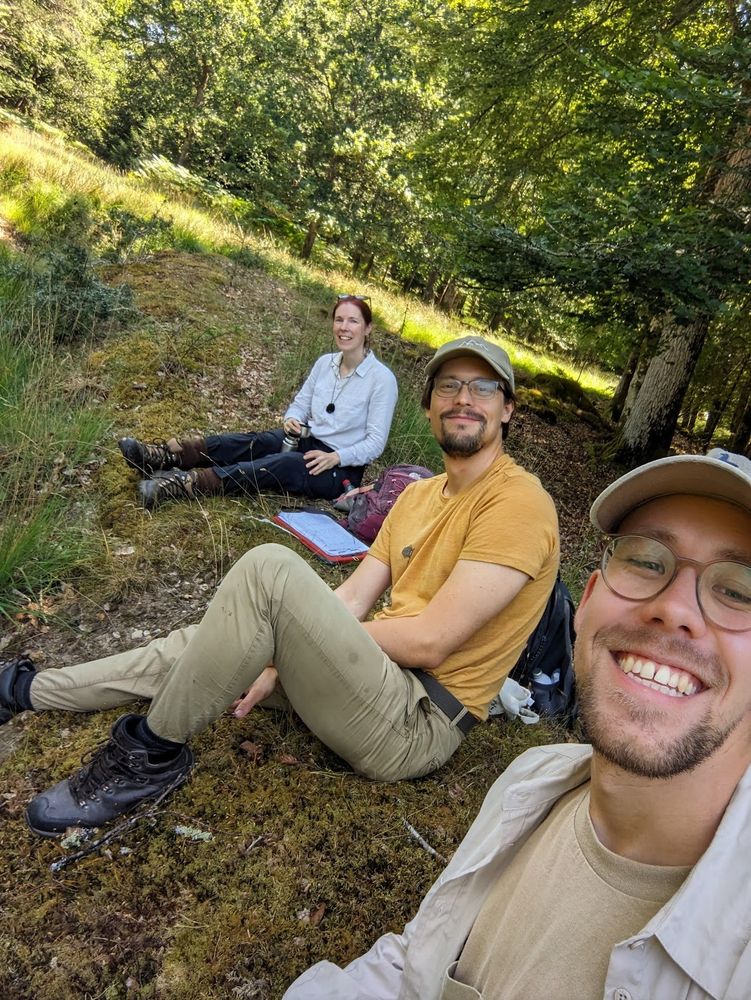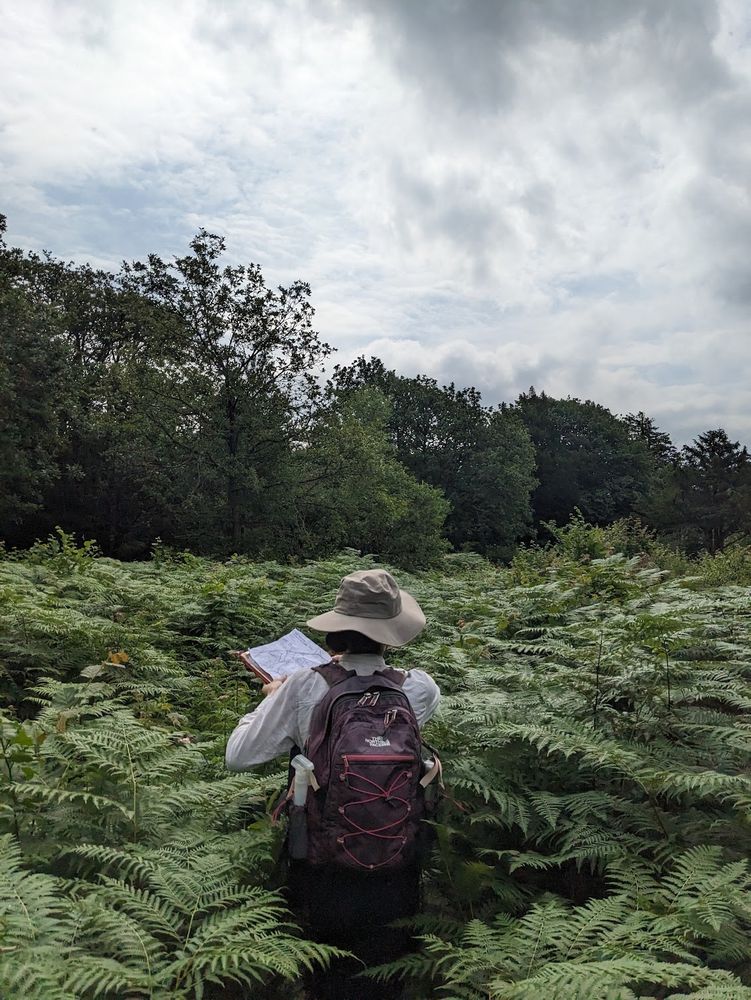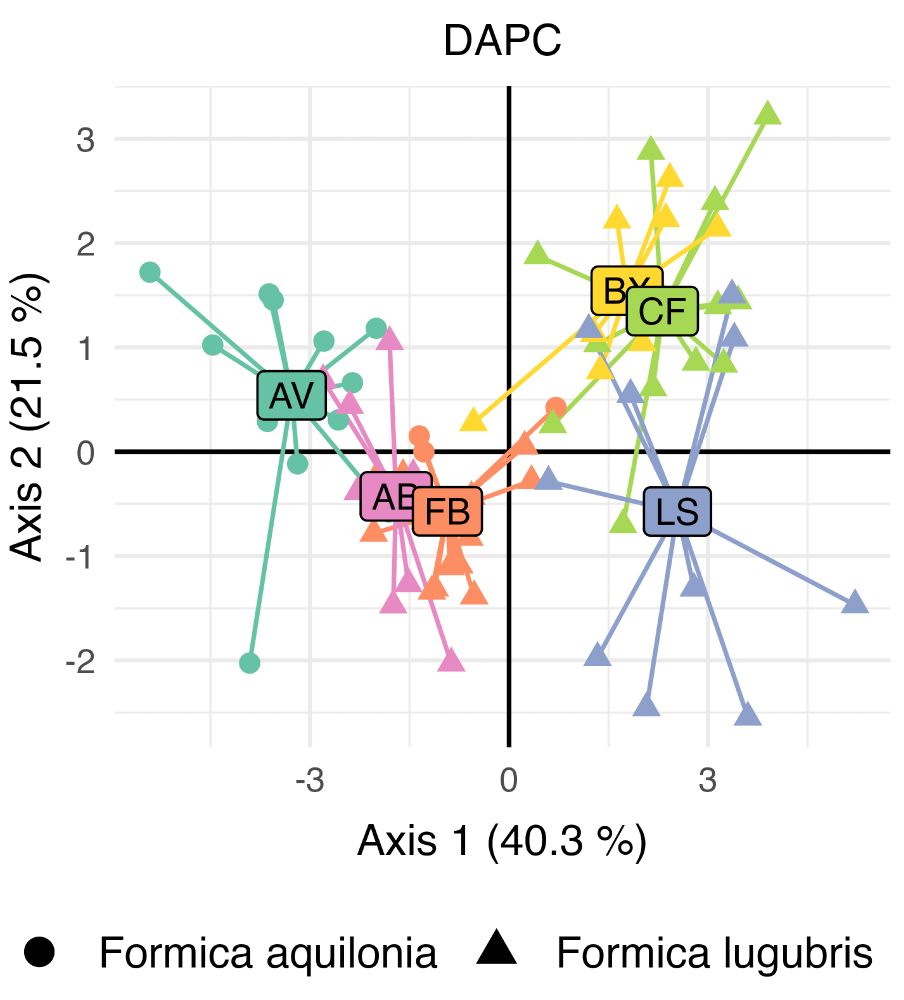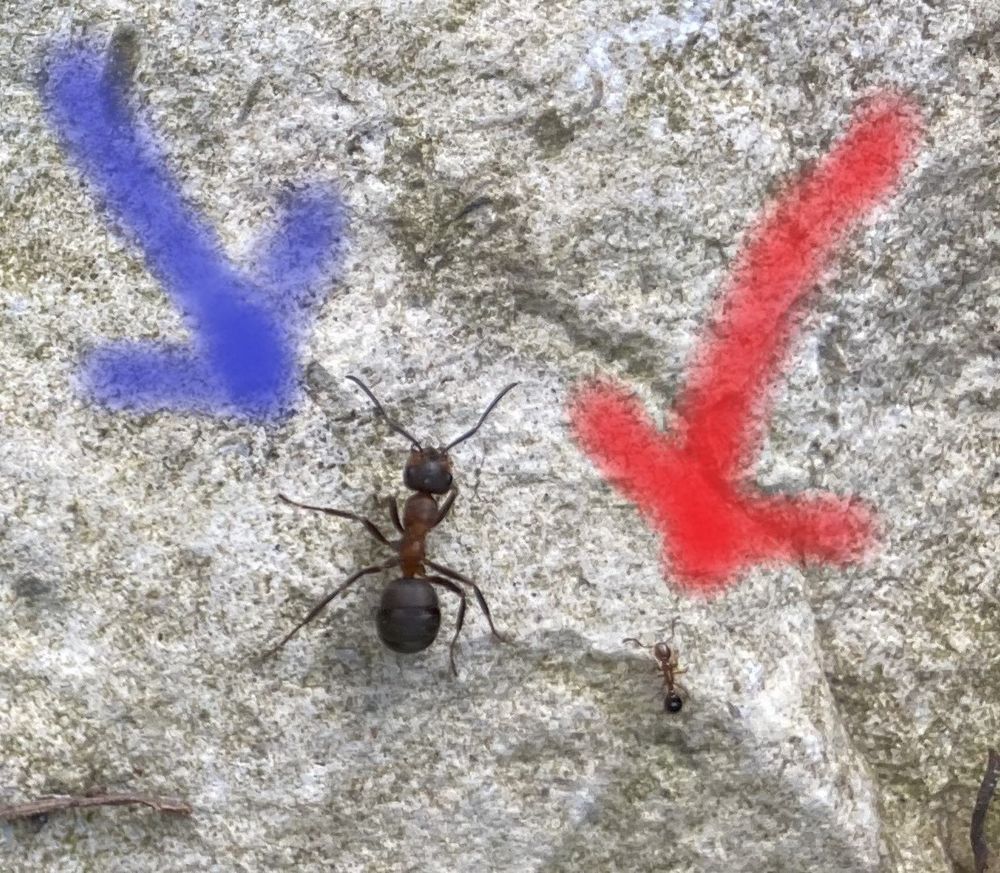Elva Robinson
@elvarobinson.bsky.social
1.2K followers
310 following
20 posts
Behavioural ecologist: Social organisation in ants etc; Field ecology, behavioural experiments, computational modelling; EDI, University of York; she/her
Posts
Media
Videos
Starter Packs
Reposted by Elva Robinson
Elva Robinson
@elvarobinson.bsky.social
· Aug 26
Reposted by Elva Robinson
Reposted by Elva Robinson
Reposted by Elva Robinson
Elva Robinson
@elvarobinson.bsky.social
· Jul 12
Reposted by Elva Robinson
Reposted by Elva Robinson
Reposted by Elva Robinson
Elva Robinson
@elvarobinson.bsky.social
· Apr 22

Strong and weak environmental perturbations cause contrasting restructure of ant transportation networks | Proceedings of the Royal Society B: Biological Sciences
Dynamic transportation networks are embedded in all levels of biological organization.
Ever-growing anthropogenic disturbances and an increasingly variable climate highlight
the importance of understa...
royalsocietypublishing.org



